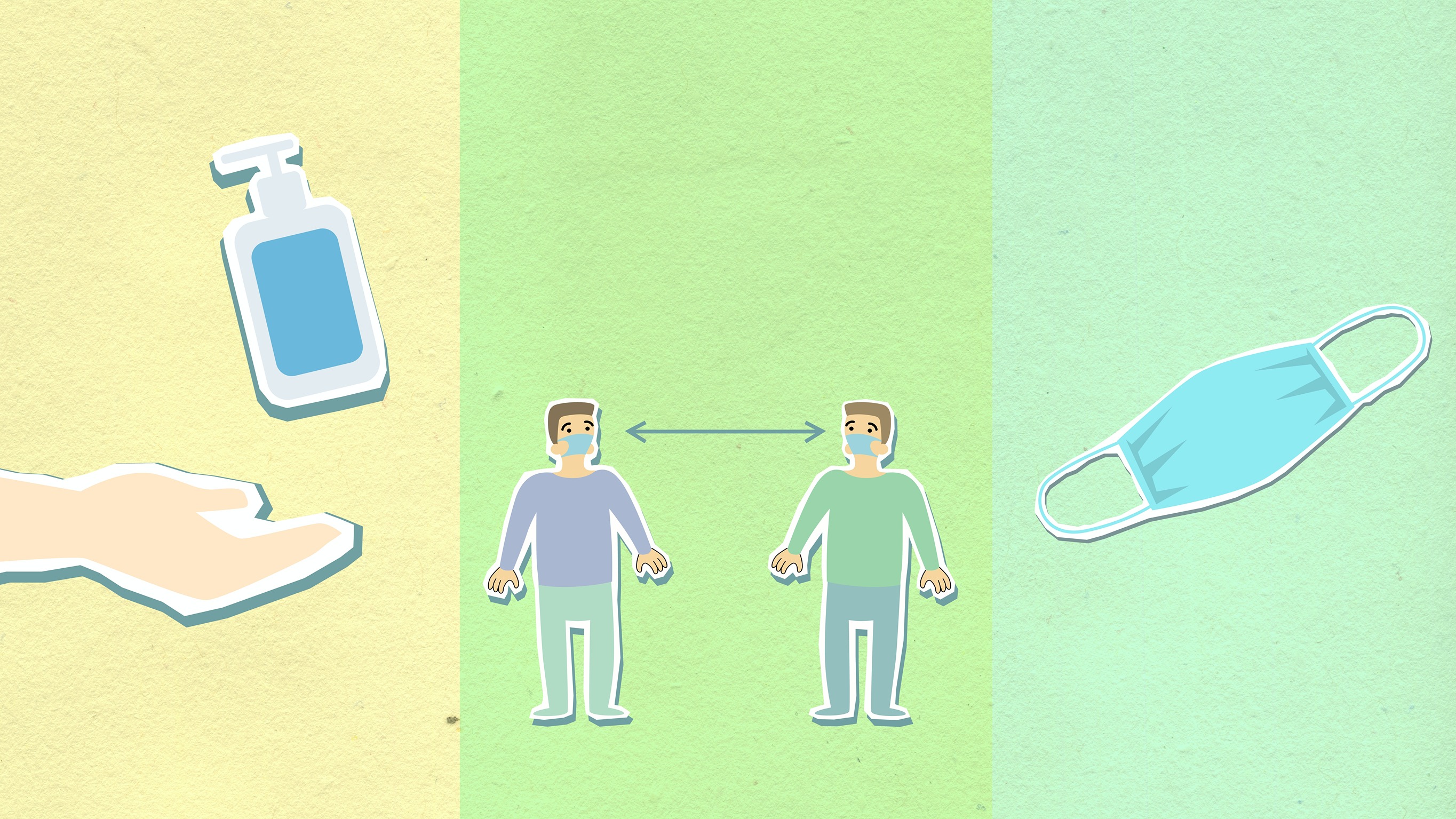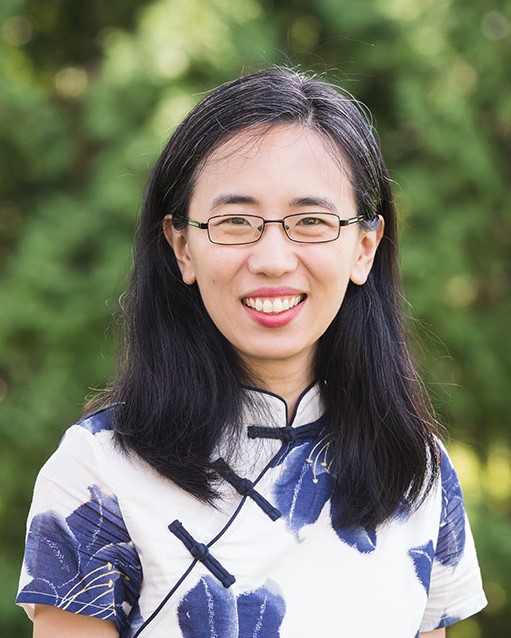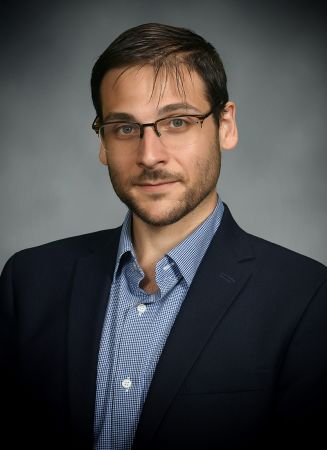
The onset of the COVID-19 pandemic coincided with an era in which people the world over have the technology to document and share their experiences with and perceptions around the virus.
“I was really moved by the personal storytelling I saw on social media,” says Haiyan Jia, an assistant professor of journalism and communication in Lehigh University’s College of Arts and Sciences. “At the same time, I saw how those experiences were reflecting very different realities.”
The more she read, the clearer it became that such personal accounts were very much influenced by the information people were consuming.
“As a media researcher, I was fascinated by this,” she says. “I’m always trying to better understand how technology shapes our cognition, emotions, and behaviors, and this was a unique moment playing out in real time.”
That fascination has led to a nearly $1.2 million National Science Foundation grant that is funding an interdisciplinary team of Lehigh researchers who will investigate the role of online media in framing processes—essentially, how individuals and communities develop their understanding of major events and, ultimately, act on that understanding.
In addition to Jia, the team includes two computer science and engineering faculty members in Lehigh’s P.C. Rossin College of Engineering and Applied Science—associate professor and lead researcher Eric P. S. Baumer and assistant professor Dominic DiFranzo. Also on the team is Amanda Greene, a former postdoctoral research associate in The Humanities Lab at Lehigh, who is now with the Center for Bioethics & Social Sciences in Medicine at the University of Michigan’s Medical School.
The grant stems from the NSF’s Computer and Information Science and Engineering (CISE) directorate through its Information and Intelligent Systems (IIS) division. IIS supports research that probes the intersection of people, computers, and information.
The kernel for the idea came from initial conversations between Jia and Baumer in the spring of 2020, and Jia’s realization that English-language, U.S-based coverage of the pandemic reflected a very different reality when compared with coverage coming out of China.
“There are fundamentally different ways of organizing basic facts,” says Baumer. “Taking the same exact facts and organizing them in a different way leads to different conclusions about: Should we be wearing masks? Should we require vaccines? Should children be in school or be vaccinated? How we organize and give meaning to the events in the world draws on this theory called framing. And how we frame these events ultimately leads to what actions we take in the face of them.”

What’s interesting, says Jia, is that social media has upended who gets to do the framing. Yes, the main purveyors of information—particularly around COVID—are public health departments, government entities, and the news media. But individuals and online communities are doing their own framing—piecing together what most resonates with them, creating their own narratives, and ultimately influencing people’s reaction to and behavior around the pandemic.
“What’s also unique here, is that while we often talk about news frames as fixed moments in time, the pandemic has been going on for years, which means the narrative around it has been changing,” she says. “For example, take a person who may not have initially believed that COVID was a threat. If they lost someone in their family to the virus, that event might have changed their view completely, and they might be motivated to get vaccinated or be more willing to wear a mask. So we wanted to start thinking about framing as a process, and identify those things that trigger changes in people’s understanding or framing of COVID over time.”
It’s not a purely academic exercise, says Baumer. The implications of their research could better inform public health communicators for the current crisis—and the next.
You can’t necessarily tell people how they should think. But you can control the kinds of resources that you give them for interpretation. The choices of language, the specific metaphors that are invoked, imagery, stereotypes… You can make conscious, intentional choices about the resources you make available to people to support their understanding of this dynamic, evolving crisis.
Eric P. S. Baumer, Assistant Professor of Computer Science & Engineering
To that end, the project will unfold in four phases, each of which reflect the team’s interdisciplinarity. Phase one will be led by Jia and Greene and use qualitative methods from media studies, health humanities, and science and technology studies to better understand how groups like community organizations, local leaders, and online communities describe their framing process. It will also involve content analysis of the groups’ social media, as well as information published by news organizations and governmental and health agencies.
Baumer, who studies human interactions with algorithmic systems, will lead phase two, which will involve computational analysis of much of that same content.
“We want to build models that help us understand how these framing processes play out in the kinds of language patterns that tend to co-occur with certain metaphors or visual imagery,” he says. “So phase one and two will be in dialogue with each other, with each informing the other. That will allow us to see what’s going on, and the way that people are talking, but it doesn’t necessarily tell us anything about causal connections. That’s what the third phase is for.”
That third phase will be led by DiFranzo, who will take the results of both the qualitative and computational analyses and formulate testable hypotheses. DiFranzo’s research focuses on human-computer interactions and “design interventions” that encourage pro-social behavior online. He also develops novel tools, platforms, and methods to help researchers study social media.
“The idea is to develop web browser plugins where you can make subtle manipulations in the content that people see, for instance, on Facebook, on Twitter, on Instagram, or on Reddit, to test these hypotheses,” says Baumer. “If we change what people are seeing, does that change their perceptions? Their opinions? Their subsequent behaviors?”
The fourth phase will involve a process called reflexive engagement. Findings from the previous phases will be brought back to those groups who were initially interviewed, with the idea that they might draw on those results in a future health crisis, says Jia.
“This is about making a real-world impact,” she says. “We want to go back to these groups and say, ‘Here’s what we found, this is what we know about the facts of framing, what do you think?’ The idea is that they might then be able to look back at their communication strategies from 2020, and identify where they could have done better.”
It’s a project that could only be accomplished with the unique blend of expertise within the group, says Baumer.
“Because we each came at this from different disciplines, we each had a slightly different perspective,” he says. “And that’s allowed us to get to this point where we have a potentially novel way of thinking about and examining framing. Personally, I’m excited about the innovative computational methods that we’re proposing. I’ve done prior work collaborating with social scientists and humanists who are interested in using computational techniques, and so I’m really looking forward to expanding on that with this team.”
Story by Christine Fennessy
Department/Program:




.jpg)